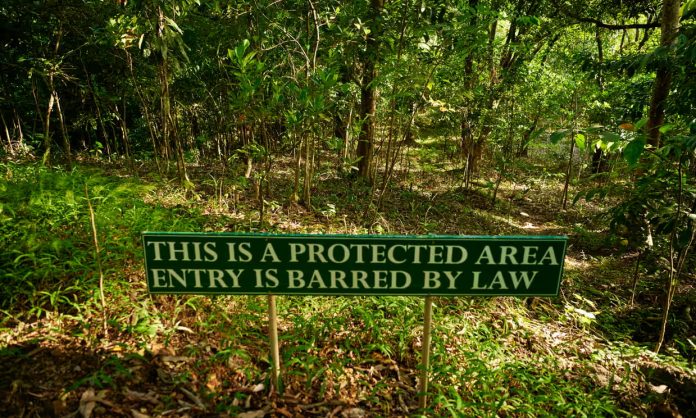Allocating an additional 1.2 per cent of the world’s land to nature reserves would prevent most of the predicted extinctions of plants and animals, according to Reuters.
The world is aiming to reach a goal of protecting 30 per cent of the world’s land area by 2030 to shield wildlife facing extinction due to climate change, pollution, and habitat destruction. World policymakers will meet at a UN summit in Colombia in October to discuss plans to reach the goal.
The study, published in Frontiers in Science on Tuesday, aimed to identify the most valuable areas in the hope that they would be incorporated into the protection plans, according to Carlos Peres, a study co-author and conservation ecology expert at the University of East Anglia in the United Kingdom.
Most countries do not actually have a strategy. The 30-by-30 targets still lack a lot of details because it doesn’t actually say what 30 percent should be protected.
The protection proposed in the study would cover an additional 1.6 million square kilometres (633,000 square miles). That is an area about one-fifth the size of the United States. The study estimates that $263 billion is the amount it would cost to acquire the new areas, many of which include private property, at present value over the next five years.
Time is not on our side because it will become increasingly more expensive and more difficult to set aside additional protected areas.
Land acquisition accounts for most of the costs of establishing protected areas. However, the study did not include the costs of maintaining protected areas.
About three-quarters of these sites are tropical forests, as these are the most biodiverse ecosystems in the world. The Philippines, Brazil, and Indonesia have more than half of the expensive sites. Meanwhile, Russia is the only country with the most valuable land ready for conservation. The study calculated 138,436 square kilometres, which is the size of Greece.
Several African countries also topped the list. Madagascar ranked fourth overall, while the Democratic Republic of Congo had the largest area on the continent earmarked for conservation.
The researchers only looked at terrestrial and freshwater ecosystems, not oceans or marine protected areas. They also did not include invertebrates, as the geographical distribution of insects and other such animals was poorly mapped.
